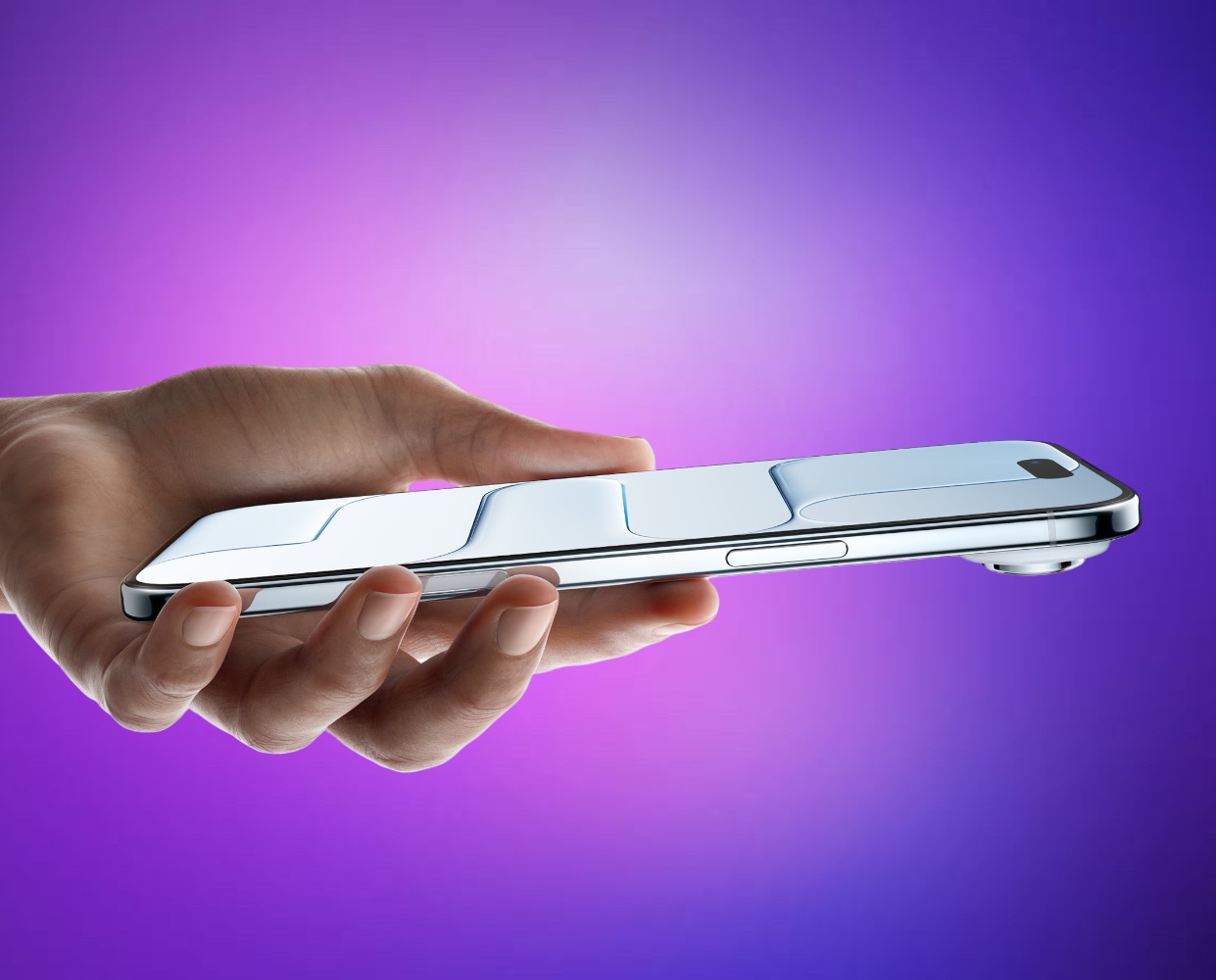TL;DR: The iPhone Air is Apple’s thinnest and lightest iPhone yet at just 5.6 mm and 165 g. It delivers a stunning 6.5-inch 120 Hz display with 3000 nits brightness, a versatile 48 MP Fusion rear camera, and a new 18 MP Center Stage front camera. Powered by the A19 Pro chip, C1X modem, and N1 wireless chip, it offers Pro-level performance, modern connectivity, and battery life comparable to the iPhone 16 Pro. The trade-offs are clear—one speaker, one rear lens, and noticeable heat under heavy use—but if you value feel and design as much as specs, this is Apple’s most stylish iPhone yet, starting at AED 4,299.

Here’s to the caseless ones
The iPhone Air is designed for people who care about how a device feels, not just how it looks on a spec sheet. There has always been a subset of iPhone users who want to go without a case, who value thinness and tactility above the comfort of armor, and who are willing to trade a bit of brute force for elegance. This phone speaks to them directly. At 5.6 mm thin and just 165 grams, it is the lightest and thinnest iPhone Apple has ever made. That alone changes how you interact with it every single day. It slips into a pocket and nearly disappears. It perches in your hand during a long scroll without turning into a weight you have to shift around. It feels like a new category of object rather than a continuation of the iPhone lineage.
There is a certain delight in holding the Air that Apple clearly wanted to prioritize. The titanium frame has been polished so that it reflects light like jewelry, and the way it rests against your fingers makes it feel more like an accessory than a slab of technology. The Ceramic Shield 2 front is rated at three times better scratch resistance than previous versions, and the Ceramic Shield back, appearing for the first time on an iPhone, is said to be four times more resistant to cracks. That combination of materials makes the device feel less fragile than other super-slim phones of the past. Apple is not marketing this as delicate; it is meant to be thin and still survive everyday life.
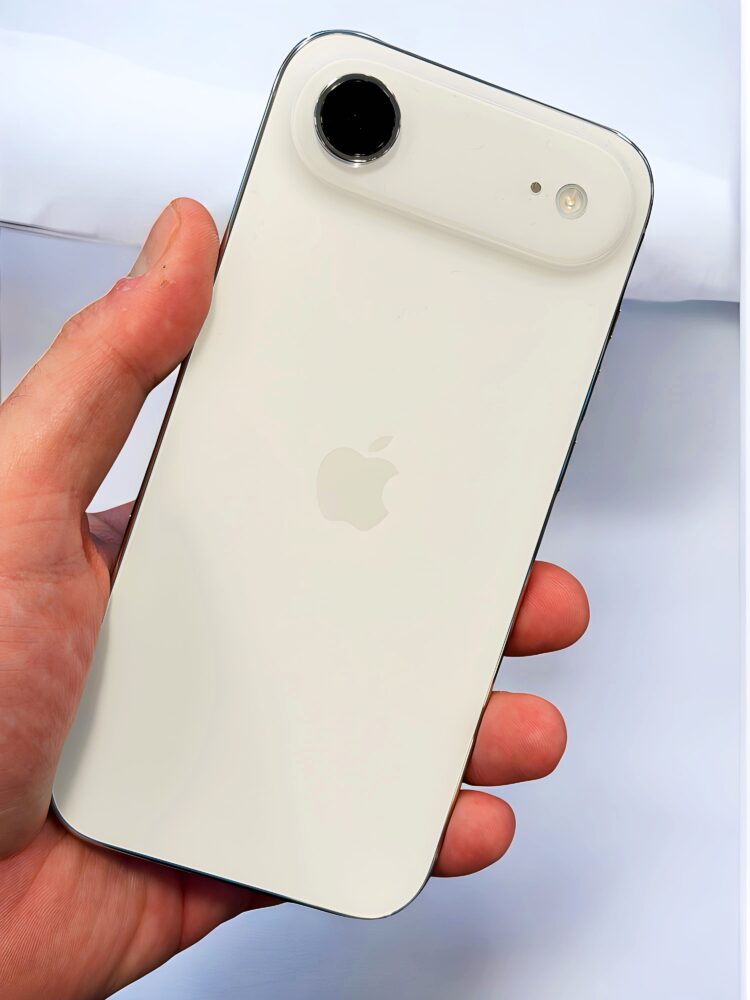
The Air is also honest in its design. The glossy rails visually shave even more millimeters off the perception of thickness, even though they also highlight small asymmetries, like the fact that the USB-C port is not aligned with watchmaker precision. Normally Apple’s tolerance for these details is obsessive, but here they allowed function to override perfection. Once you feel how light and easy the phone is to handle, that kind of visual quirk becomes background noise.
The Case for Thin
Thinness has often been treated as a bragging right, a way for companies to chase records and headlines. But the iPhone Air shows that thinness can be a philosophy rather than a stunt. Apple has managed to strip away unnecessary bulk while reorganizing the internals so that performance, connectivity, and battery life remain on par with heavier siblings. That makes thinness not a compromise but a feature that reshapes behavior.
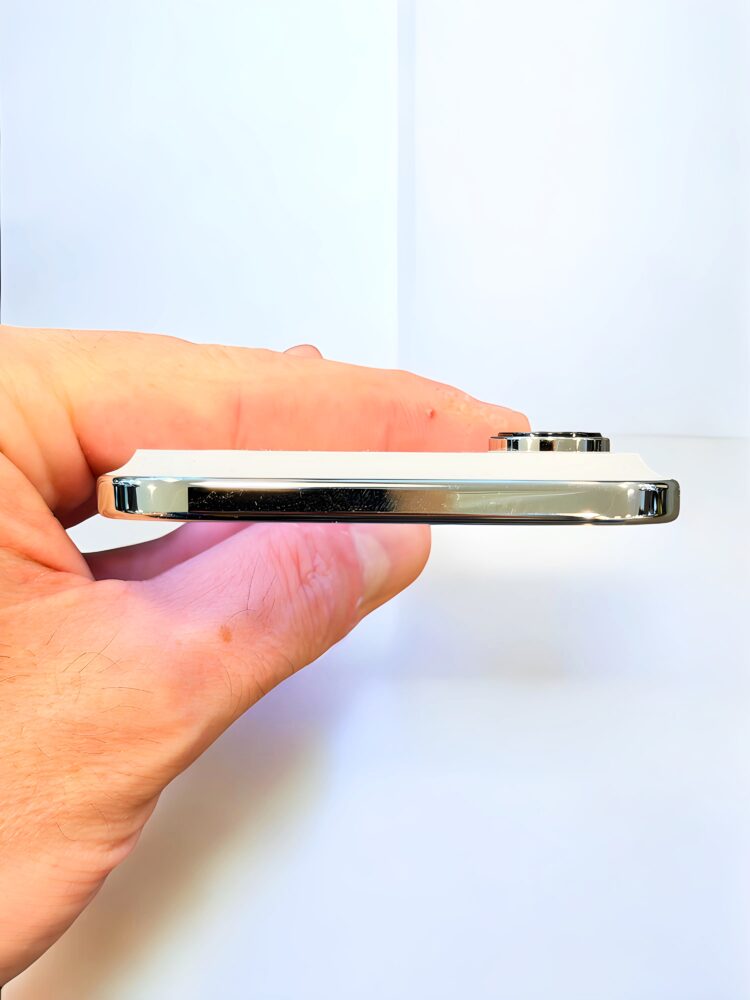
Carrying the Air changes small rituals in ways you only notice after a few days. Reading one-handed in bed is less awkward. Shooting video without a stabilizer feels more comfortable because the device does not drag down your wrist. Sliding it into narrower pockets feels seamless. Even typing one-handed is easier because the edges are not digging into your palm. Thinness becomes less about the measurement on a sheet and more about how long you can comfortably interact with your phone before fatigue sets in.

The plateau design, where Apple extended the camera bump and tucked the densest logic board ever created into it, is the key enabler here. That freed up space inside the chassis for a larger battery and allowed better thermal management than a wafer-thin slab normally affords. It is a reminder that thinness at this level is not simply about shaving millimeters but about reorganizing how a phone is built.
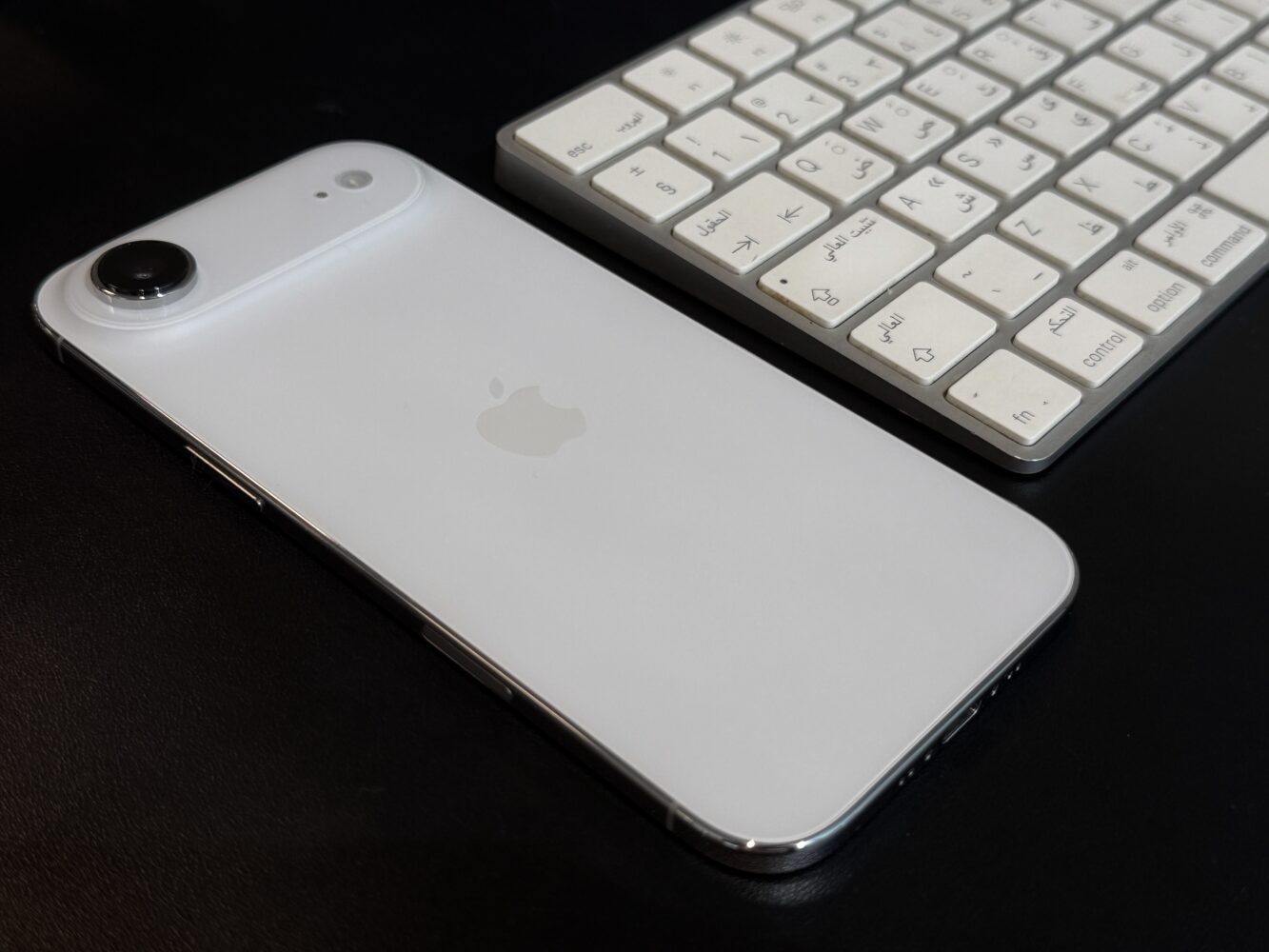
Display: brightness that changes behavior
The Air’s 6.5-inch Super Retina XDR display is arguably the most impressive panel Apple has shipped in a phone. The peak brightness reaches 3000 nits, which is not just a marketing line but a tangible improvement in outdoor usability. Combined with new anti-reflective coatings that deliver roughly double the outdoor contrast, the Air’s screen can be read in environments that previously forced you into shade or required maximum squinting. It makes maps more practical on bright days, messages instantly visible as you step outside, and photos less washed out in direct light.
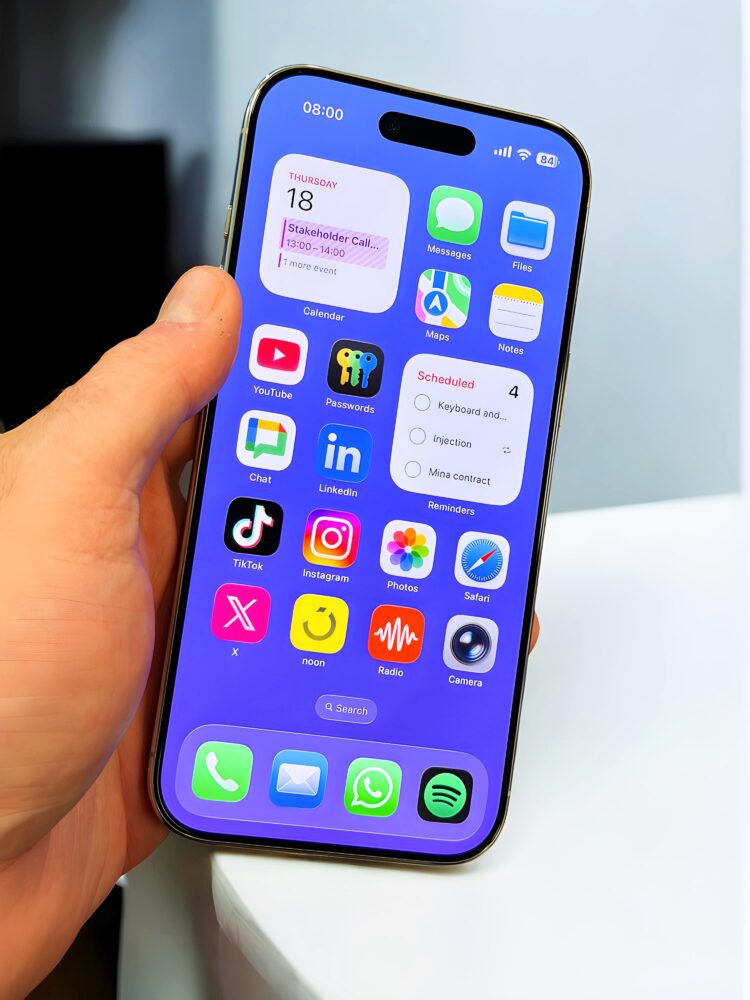
ProMotion up to 120 Hz remains as smooth as ever, adjusting adaptively so that scrolling feels liquid while reading static text sips less power. The Always-On feature is supported, making at-a-glance glances genuinely useful. Colours remain vivid but not cartoonish, and HDR playback finally preserves both shadow and highlight detail in a way that makes films and shows watchable without compromises. iOS 26’s new Liquid Glass design language seems custom-tailored to this screen, with animations that have a weight and fluidity perfectly matched to the hardware.
Performance and thermals
At the heart of the iPhone Air is the A19 Pro chip. It combines a 6-core CPU with two performance and four efficiency cores, a 5-core GPU with Neural Accelerators built into every core, and a 16-core Neural Engine designed to accelerate on-device AI tasks. Apple’s framing is that this level of power puts the Air in the same ballpark as the M1 and M2 era iPads, which is extraordinary considering the size and weight of the chassis. In practice, apps launch instantly, multitasking is smooth, and creative workflows like photo editing or short video projects feel immediate rather than sluggish.
Games run well, but Apple is realistic in its expectations. AAA titles are best enjoyed at 30 frames per second with medium settings, which is a balance that preserves battery and avoids the kind of stuttering that ruins immersion. Casual titles or lighter games naturally run flawlessly, and the 120 Hz refresh makes even simple scrolling or puzzle games feel more responsive.
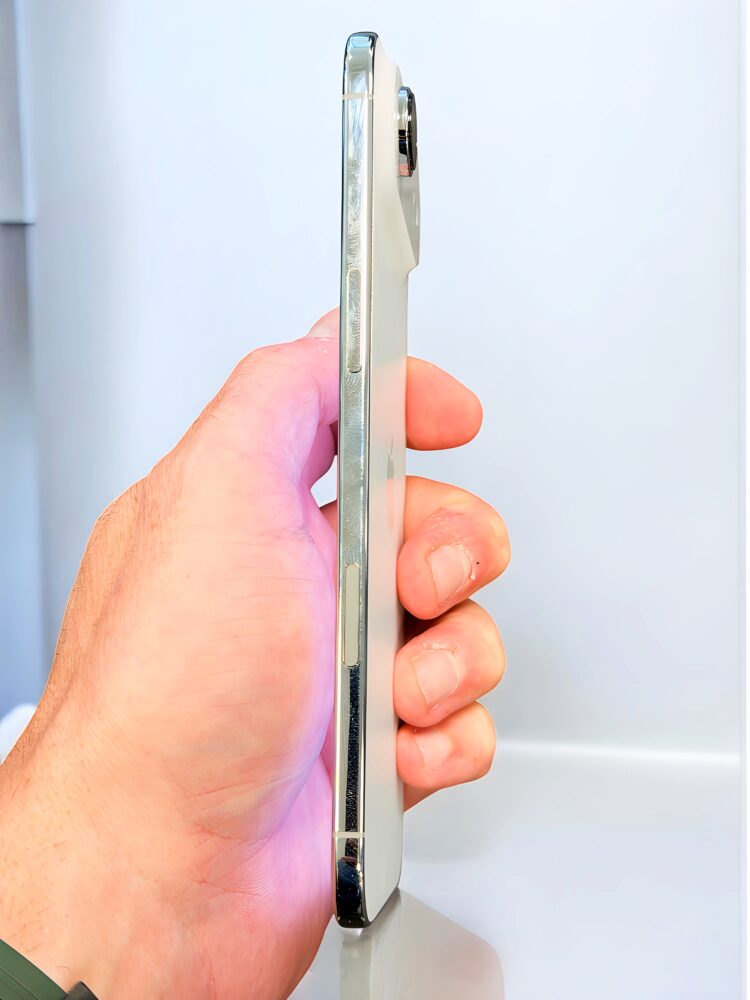
The caveat—and it is an important one—is heat. The Air does warm up under sustained heavy loads. Long gaming sessions, extended video exports, or prolonged camera recording will bring noticeable warmth to the titanium frame. It does not reach catastrophic levels, but it can become uncomfortable to hold. Apple has done what it can by moving silicon under the plateau and using the titanium’s properties to dissipate heat, but physics is physics. If your daily use involves lots of demanding tasks, this is the one area where the Air reminds you that it is prioritizing thinness over brute force cooling.
Cameras: one system, many looks
Apple calls the iPhone Air’s 48 MP Fusion main camera equivalent to having four lenses in your pocket. At the default 1× setting, the camera uses the Photonic Engine to combine a 48 MP frame with a 12 MP frame, delivering detailed 24 MP photos that strike a balance between clarity, dynamic range, and file size. For those moments where more resolution is needed, you can switch to full 48 MP capture directly in the interface.
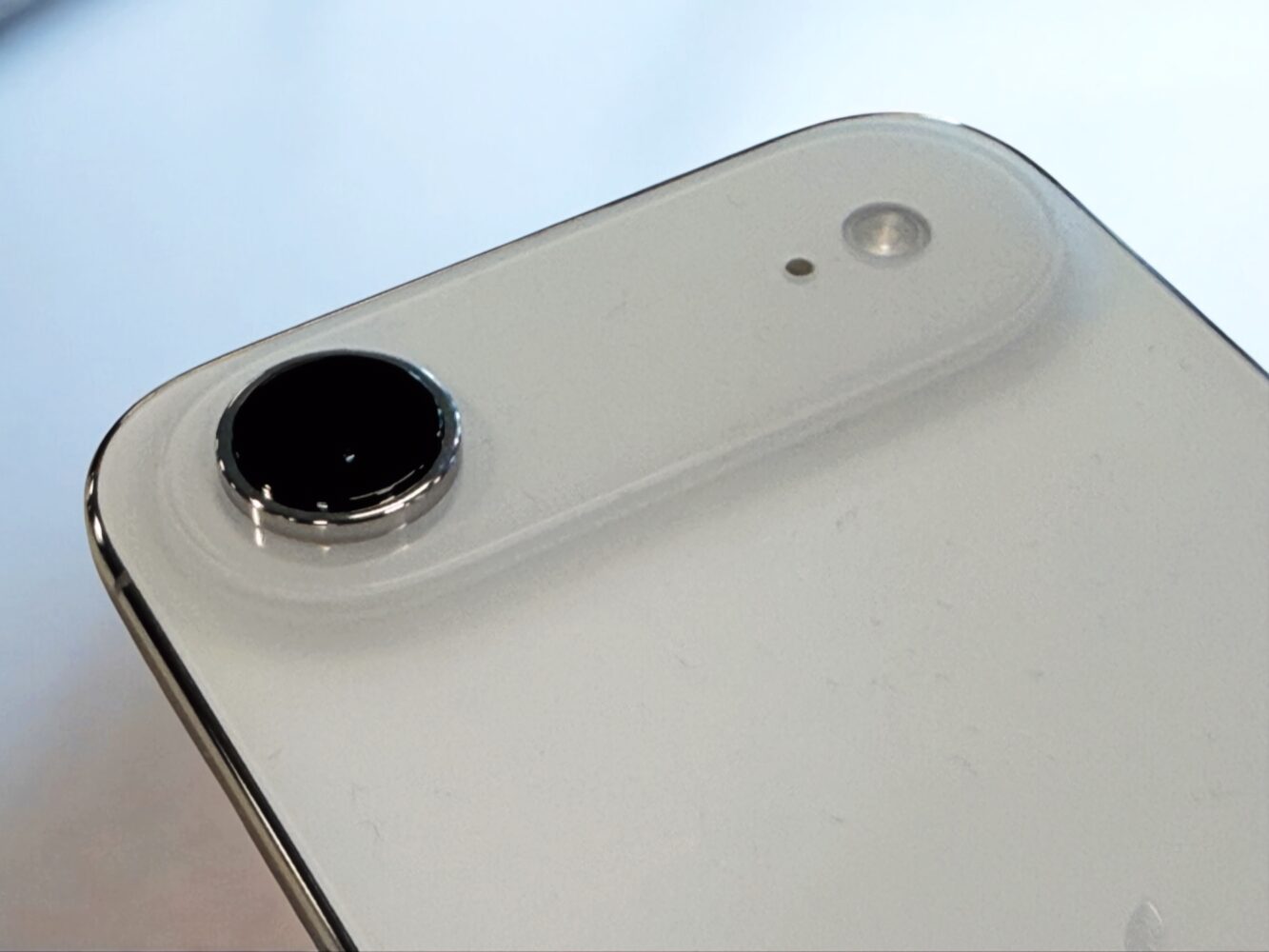
The cleverness comes from the additional focal length options. Tapping the zoom button cycles through 28 mm and 35 mm framings, both popular in photography, and both with dedicated pipelines for quality. On top of that, the sensor crops into the central 12 MP to deliver a clean 2× telephoto look that holds up better than any 2× camera Apple has shipped before. The result is that, even with one rear lens, the Air feels versatile enough for most situations.
Portrait mode has been rebuilt with a new pipeline that enables focus control, so you can shift focus between subjects even after a shot has been taken. Depth is captured automatically not only for people but also for pets, making casual portrait shots more flexible. Photographic Styles have been expanded with new undertones and moods, including a Bright style that lifts skin tones and adds vibrancy without looking artificial.
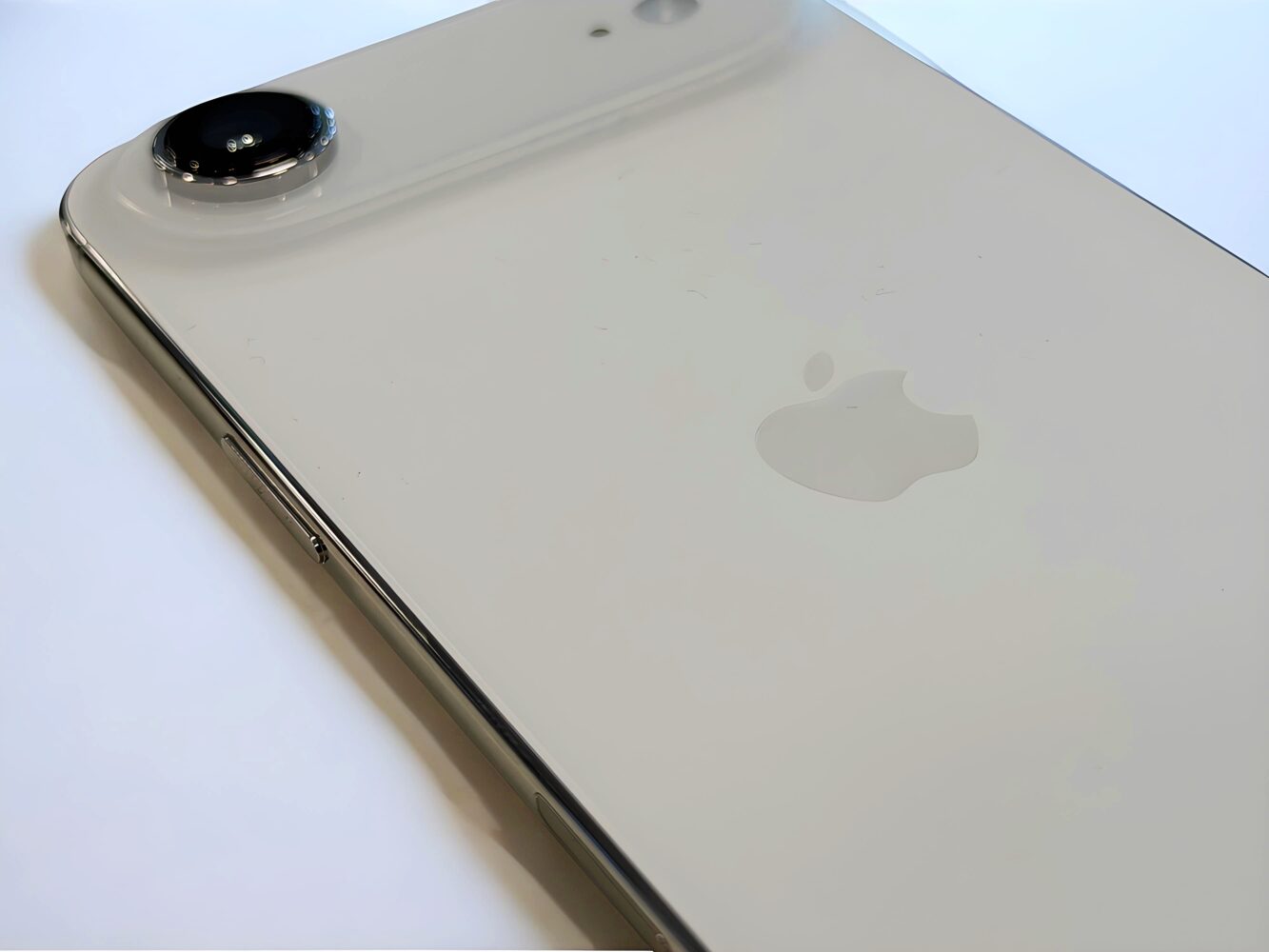
Video capabilities are equally advanced. The Air records 4K60 Dolby Vision video with options for 24 fps cinematic capture or 60 fps action. Action mode is available at both 1× and 2×, delivering stabilized footage that looks gimbal-assisted. Audio recording has also been upgraded with wind noise reduction and Spatial Audio capture, along with a new Audio Mix editing feature that allows you to adjust dialogue and background noise separately after the fact.
The new selfie era
The front camera has received as much attention as the rear. It is an 18 MP Center Stage system built on a larger, square sensor that allows more flexible framing. The clever trick here is that you no longer need to rotate your phone to landscape for wider shots. A simple tap lets you switch orientations, expand the field of view, or zoom, and the camera reframes automatically to fit people into the shot. This is especially effective for group selfies where arm contortions used to ruin framing.


For video, the front camera is equally advanced. It supports 4K60 capture, benefits from the same stabilization improvements as the rear, and even enables Dual Capture so that you can record with the front and rear cameras simultaneously. Video calls also take advantage of Center Stage, keeping you framed and steady without manual adjustments. The result is that selfies and video calls feel less like an afterthought and more like a first-class experience.
Photo samples
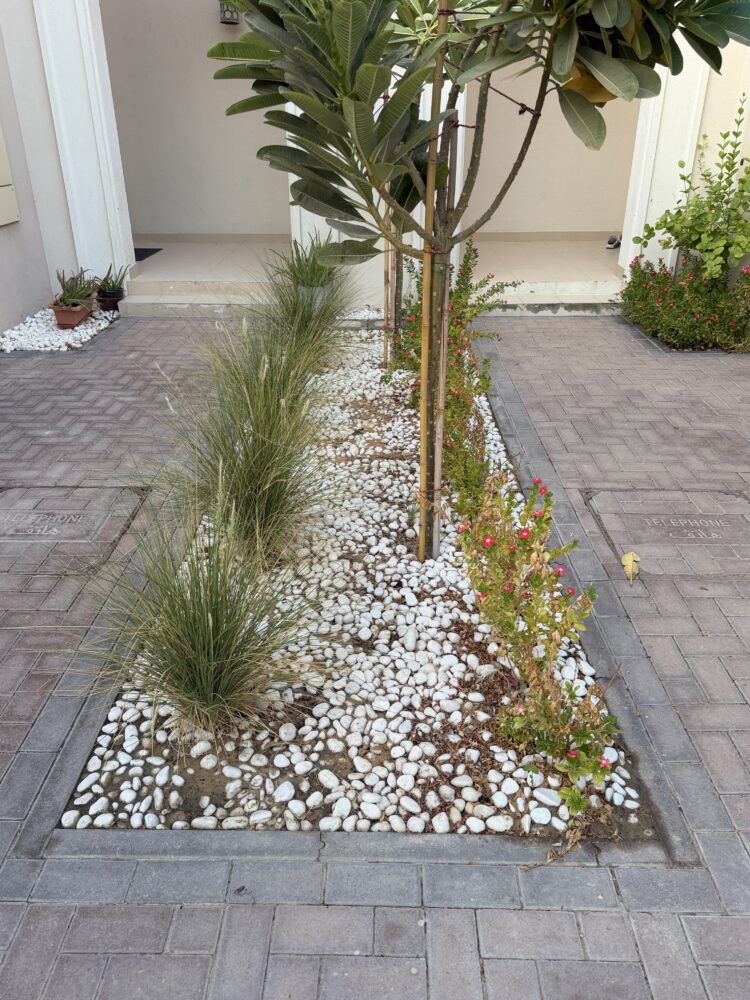




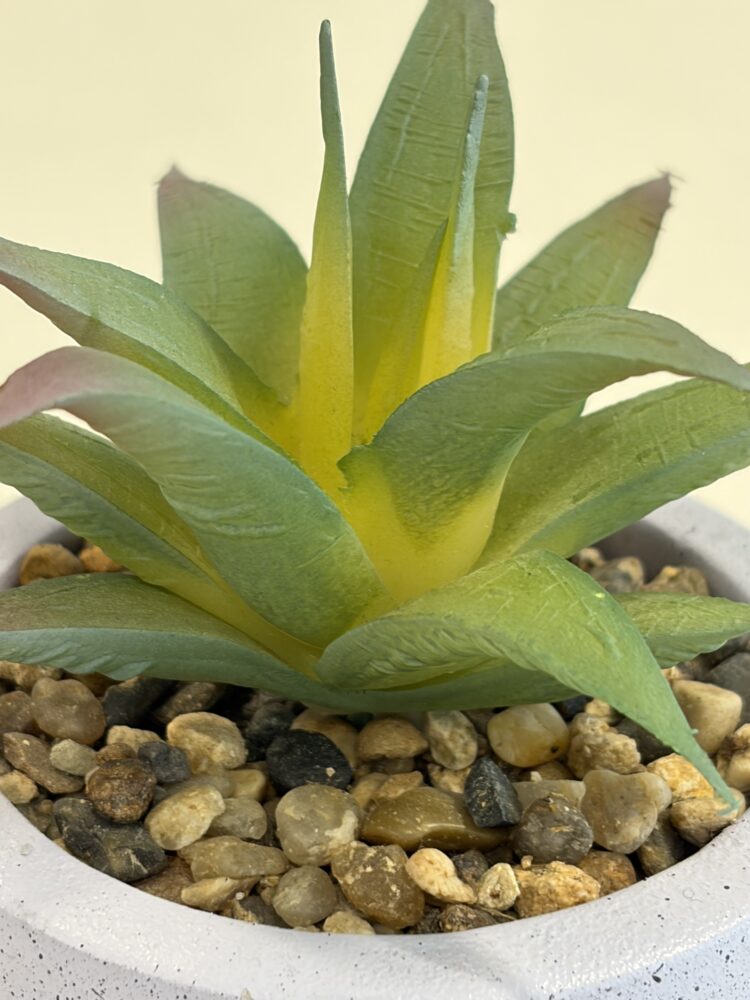
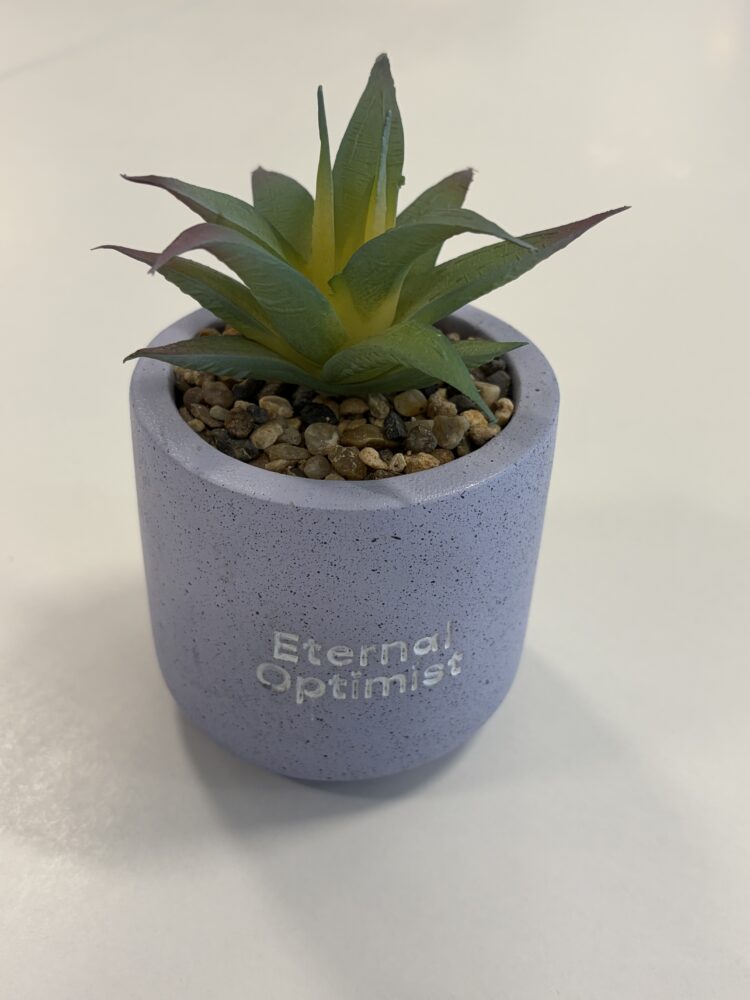


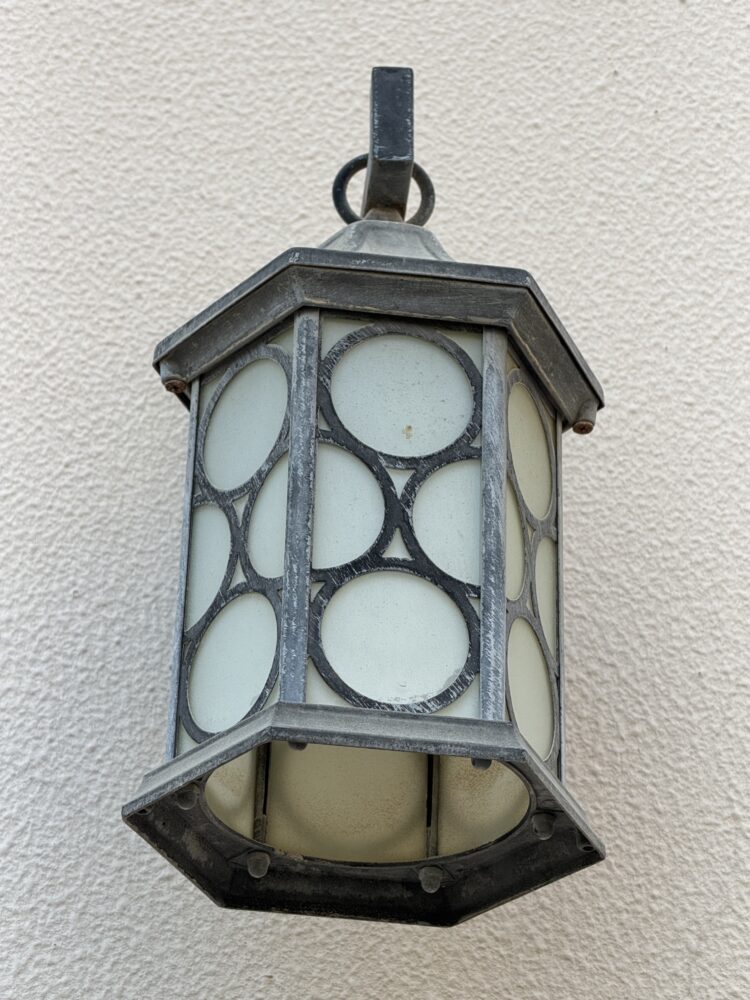



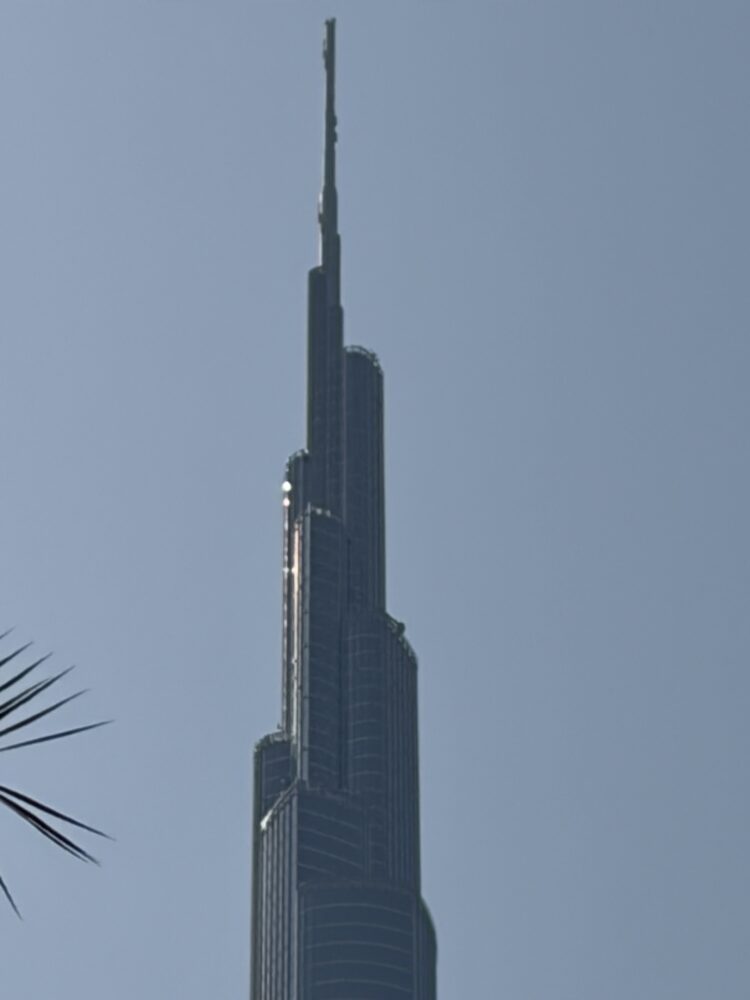
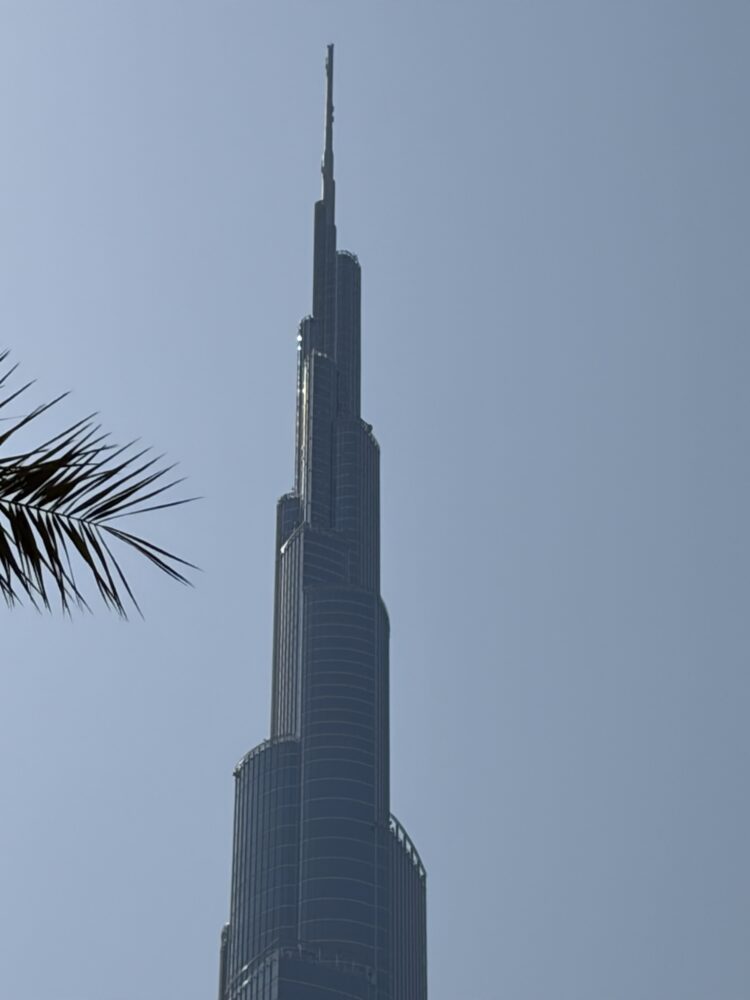

Battery life and charging
Apple claims that iPhone Air matches the endurance of the iPhone 16 Pro series, citing up to 27 hours of video playback. In practice, this translates to about five to six hours of active screen-on time in a normal mixed day, which is solid but not game-changing. Importantly, it is not a step down compared to Pro models, which is impressive given the thickness. The Adaptive Power Mode in iOS 26 helps by learning your habits and stretching runtime intelligently without forcing the phone into a crippled state.
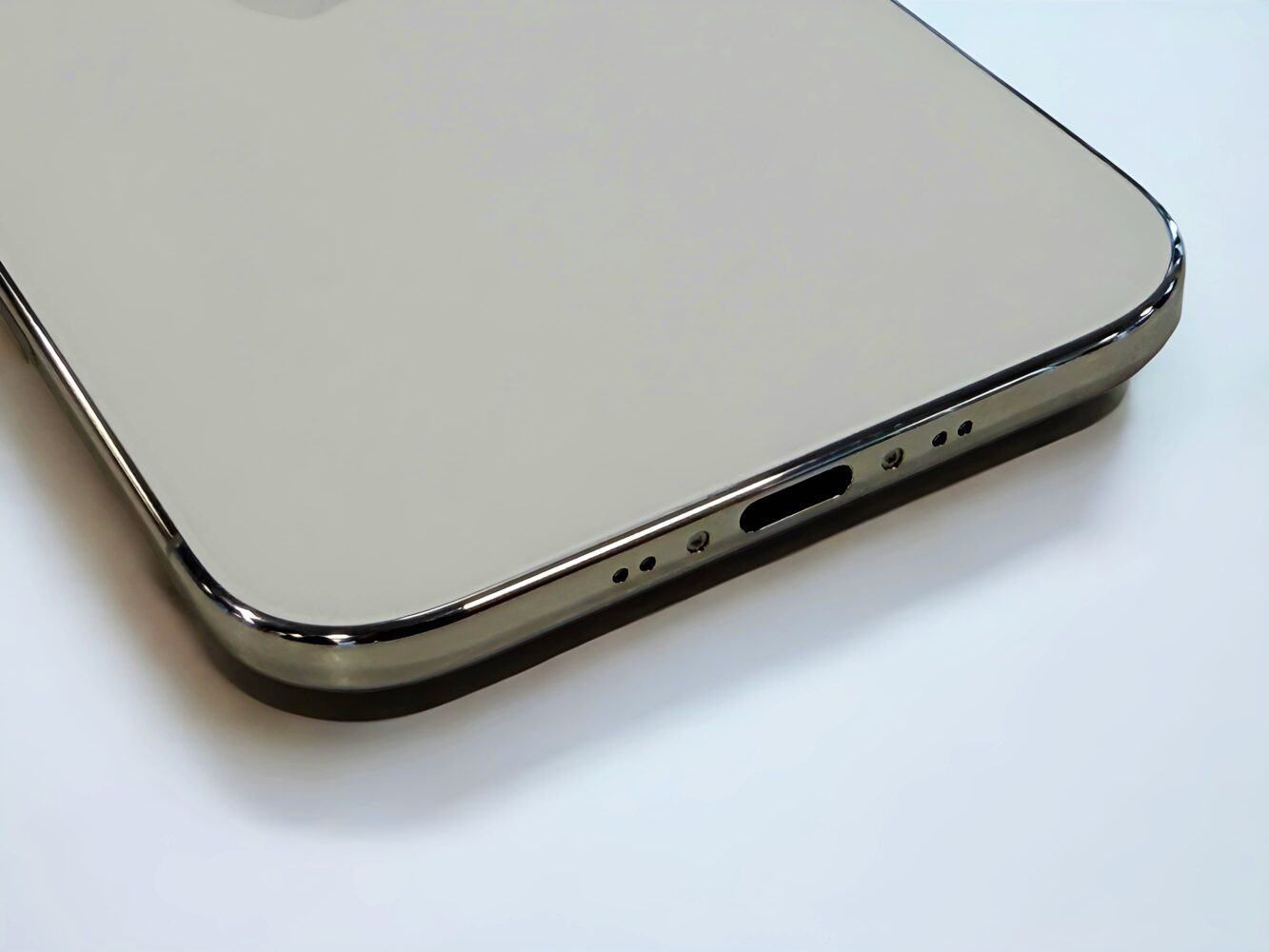
Charging peaks in the high-20-watt range, usually hovering between 18 and 22 W in real use. A 20 W charger remains sufficient, while a 30 W charger will shave some time off. MagSafe charging continues to be the most convenient option, particularly for overnight use. Apple’s new MagSafe Battery Pack for the Air deserves special mention, as it attaches cleanly and extends playback by up to 40 hours. Unlike bulky third-party packs, it preserves the Air’s slim character.
Sound, connectivity, and accessories
The biggest compromise remains sound. The iPhone Air routes audio through the top earpiece rather than offering stereo speakers. Calls are clear, podcasts sound fine, and videos are perfectly watchable, but you will not get the room-filling soundstage of the Pro models. If you mostly listen on AirPods or external speakers, this matters little. If you regularly rely on your iPhone as a small speaker, this is a limitation worth noting.
Connectivity is strong thanks to the new C1X modem, which doubles speeds over the previous generation while using 30 percent less energy. The N1 wireless chip enables Wi-Fi 7, Bluetooth 6, and Thread, making the Air ready for the next generation of routers, accessories, and smart homes. eSIM-only support streamlines travel and eliminates the need for physical SIM trays, which in 2025 feels more like progress than punishment.
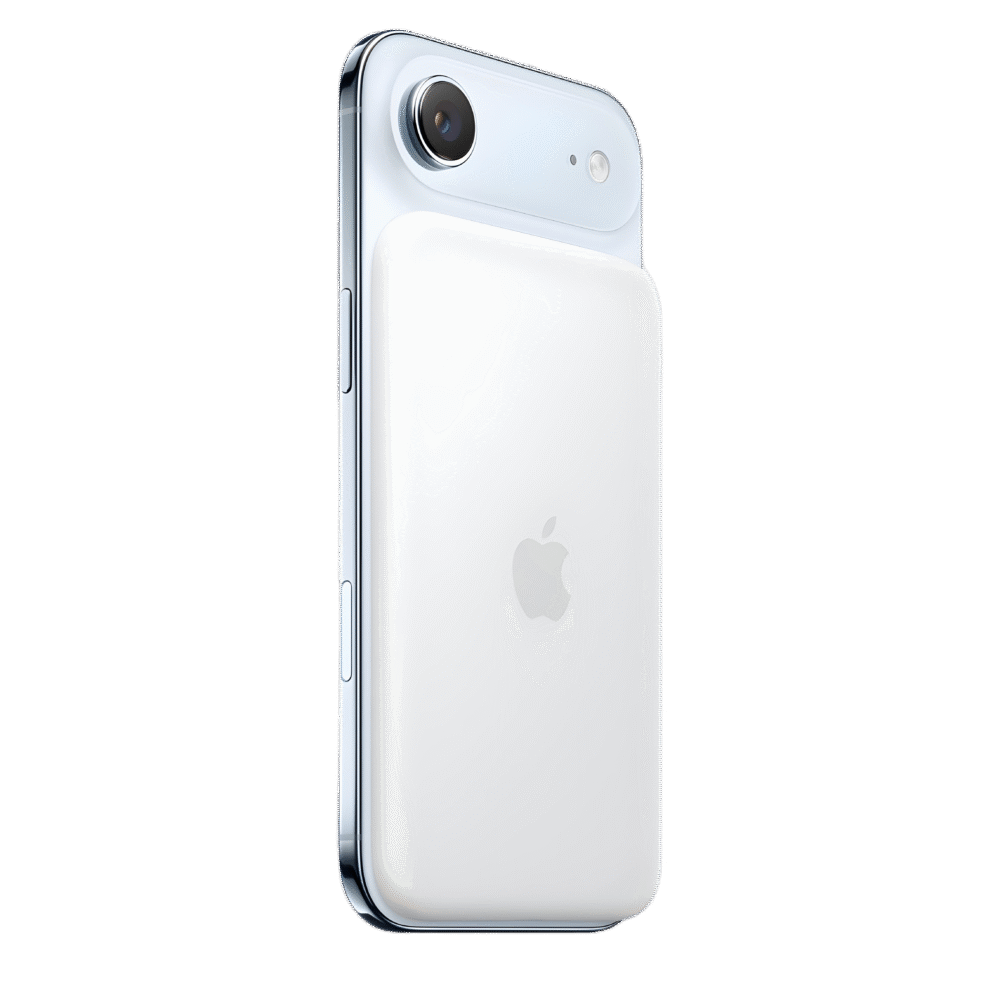
Apple’s accessory lineup has been built with the Air’s personality in mind. There are minimalist bumpers that protect corners without adding bulk, a new strap system that allows you to wear the phone crossbody, and a MagSafe case that supports the updated battery pack. Third-party options will arrive as always, but the key here is that any accessory should preserve the defining trait of the Air: how light and thin it feels.
Apple Intelligence and iOS 26
iOS 26 debuts alongside the Air with a new Liquid Glass design language that feels smoother and more consistent across Apple’s platforms. Animations and transitions feel carefully choreographed, and the improved anti-reflective display makes the software feel like it is floating above the titanium frame.
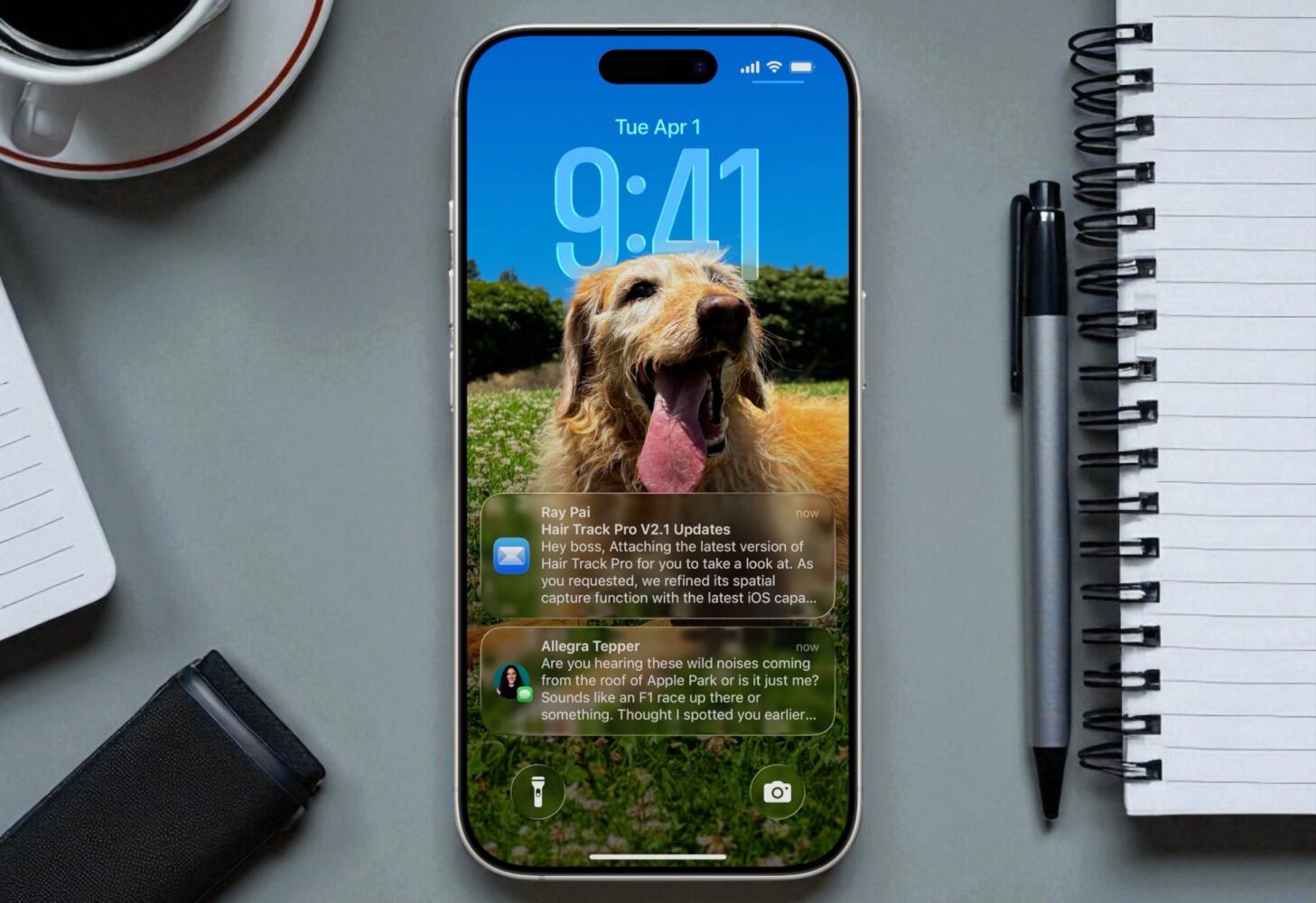
Apple Intelligence is still growing, but it already includes live translation that works seamlessly with AirPods, advanced screenshot search that makes digging for old documents or tickets trivial, and visual intelligence that can identify landmarks, menu items, or plants. Writing tools are present but not yet essential, occasionally feeling like someone else editing your draft. The key advantage is that everything runs on device, thanks to the A19 Pro’s Neural Accelerators, meaning responses are fast and private. Apple will continue adding features, and the groundwork feels solid.
Final verdict
The iPhone Air is Apple’s boldest rethink of the iPhone in years. It takes thinness and lightness seriously, not as a gimmick but as a principle that shapes the entire user experience. The materials are stronger, the screen is brighter and more legible outdoors, the camera system is surprisingly versatile for a single lens, and the front camera introduces ideas that make selfies and calls genuinely better. Battery life is officially comparable to the iPhone 16 Pro, which is a relief, and accessories complement the device rather than masking it.
The compromises are clear. There is only one rear lens, there is no stereo sound, and the phone does heat up under sustained heavy use. But these trade-offs feel intentional, not careless. Apple has chosen a direction for this device, and if you are the kind of user who values how a phone feels in the hand as much as what it can do on paper, the iPhone Air is one of the most delightful iPhones Apple has ever made.
Instructions to Set Up eSIM in the UAE
What to Expect
- You can use your carrier’s app to transfer your phone number from your old iPhone to your new iPhone—no need to call the carrier.
- Apple is not providing a seeded eSIM or issuing a new line.
How to Set Up eSIM
- Set up your new iPhone.
- Download your carrier’s official app and follow the steps below:
For e& Customers
- Open the e& app.
- Go to Manage → select the SIM you want to activate under My SIM cards → Replace SIM.
- Ensure eSIM is selected, then tap Continue → I agree.
- Capture clear photos of the front and back of your Emirates ID.
- Complete the facial recognition authentication.
- Tap Activate eSIM.
- Make a test call on your iPhone to confirm voice and data connectivity.
For du Customers
- Open the du app.
- Navigate to Get more done → View more → Manage SIM → select the SIM you want to activate → Transfer eSIM on this device.
- Complete authentication using UAE PASS.
- Tap Activate eSIM on this device.
- Make a test call on your iPhone to confirm voice and data connectivity.

